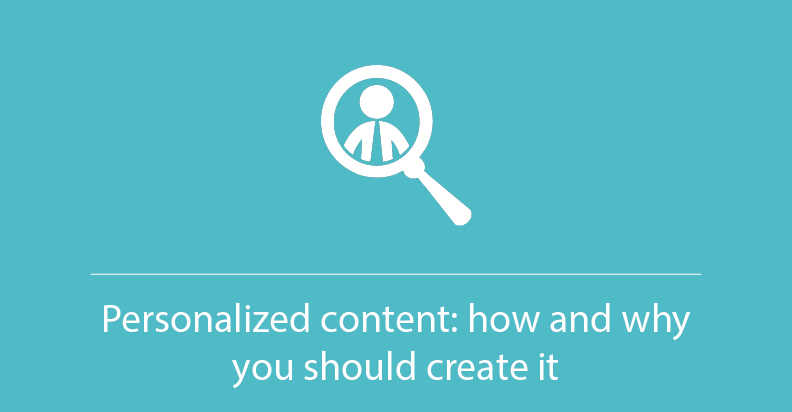
Personalized content: how and why you should create it
Personalization. There is one of the most popular marketing trends in recent years. It seems, that all only talk about this. Last surveys even show that 79% of the business that exceeded their revenue in 2017 had a documented personalization strategy. So, let’s discover this topic in details and explore how Supsystic plugins can help you improve personalization.
Personalization content – what is it?
In a nutshell, personalization approach allows you to create and show only relevant content based on the user’s interests and needs. There are such main objectives for content marketing:
- Generate new leads
- Support the sales team
- Generate web traffic
- Create a positive reputation, etc.
So, according to them, a study conducted by Marketing Demand Metric in a partnership with SEISMIC, find out that a personalized content meets all these goals more effectively. 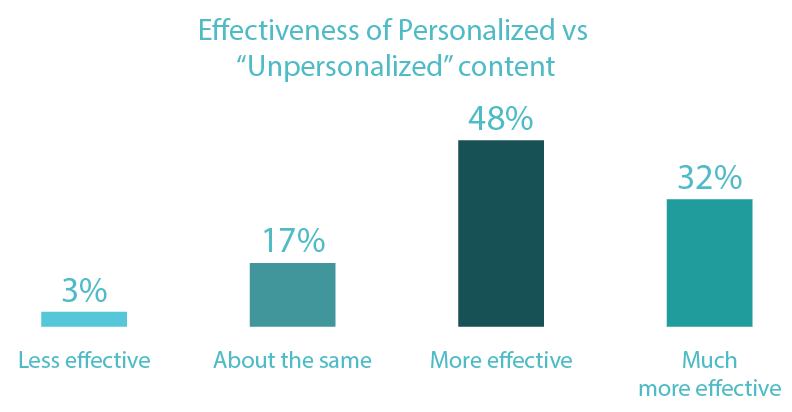 It is surprising, but more than 50% of companies began to personalize their content after 2014.
It is surprising, but more than 50% of companies began to personalize their content after 2014.
How to personalize content?
Today the most number of companies personalize only up to 40% of all content. Moreover the most popular answer on the question: “Why do you not personalize content?” is a scarcity technology and resources. This is evidenced by the fact that only 5% of companies entirely automated personalization process. 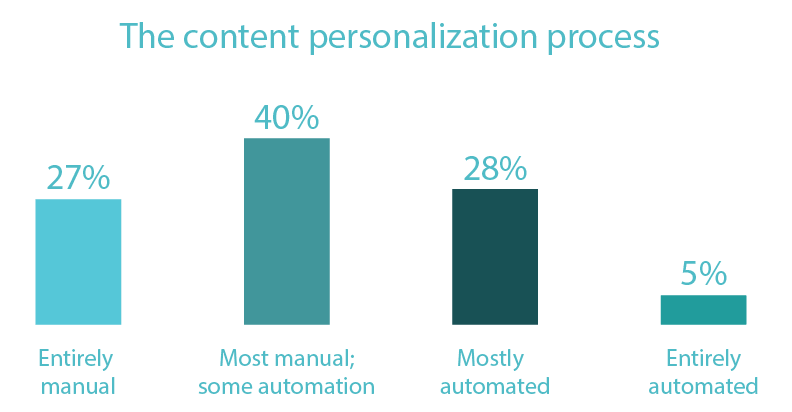 As you can see, the personalization process is rather a manual process than automatization. There are a lot of different ways you can segment your audience into different groups:
As you can see, the personalization process is rather a manual process than automatization. There are a lot of different ways you can segment your audience into different groups:
- By industry where people work
- By business and family size
- By prior activity, hobby
- By demographic parameters
- By stage of the buyer’s journey, etc.
The Supsystic Data Table plugin allows you to create and mage data tales information in a simple way. You can download a database from CSV, Excel, or Google Sheets. And then visualize all the information with responsive Google Charts and Diagrams. 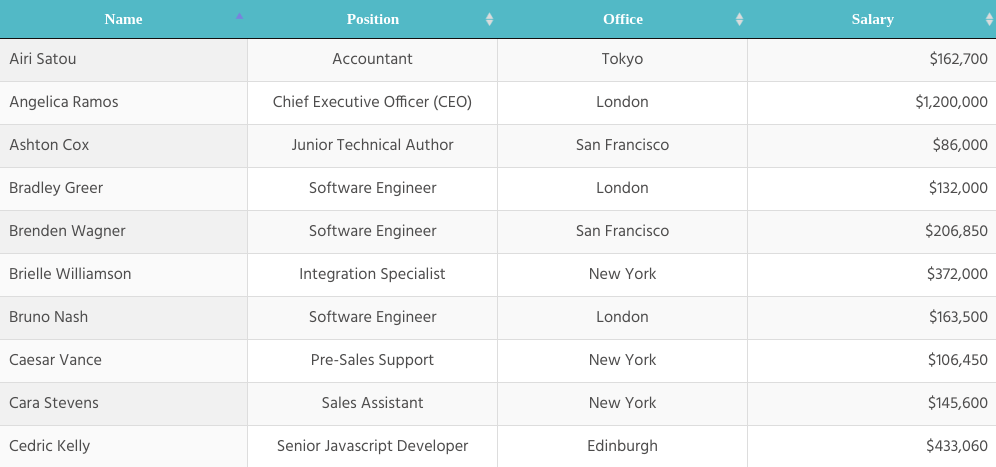 Keep in mind, that there are no correct or incorrect choices or instructions, it all depends on your kind of business. Below there is an example of how to pick up the content according to a user’s profile.
Keep in mind, that there are no correct or incorrect choices or instructions, it all depends on your kind of business. Below there is an example of how to pick up the content according to a user’s profile. 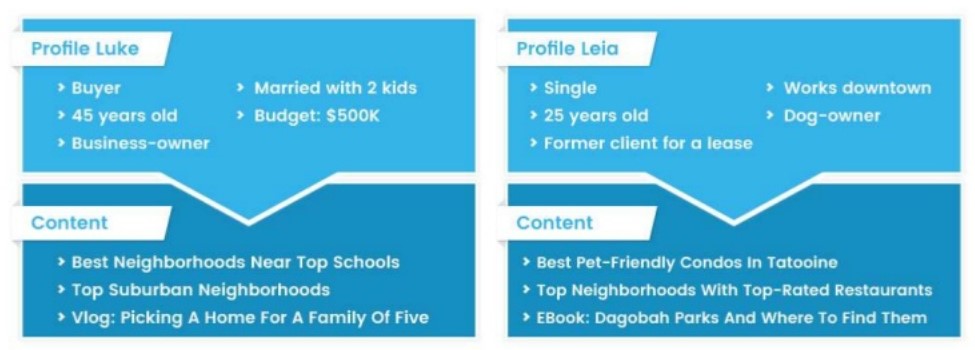
How to deliver personalized content?
The most popular way to deliver personalized content is through trigger emails. It is automated emails that react to the customer’s interactions with your products. For example, if you haven’t purchased the goods from site A for a long time, you will be sent an email with a discount or special offer. Other popular methods include app notifications, pop-ups, SMS, etc. There are the basic rules you should be following to send successful personalized emails:
- Include the customer name (even in a Subject line)
- Include a piece of the story (e.g. We have noticed that you haven’t made any purchase on our site for a long time)
- Change the images in your email marketing campaigns to better appeal to specific subscribers
- Use dynamic content offers.
The supsystic Newsletter plugin allows you to add dynamic content to the emails from your posts or pages. Moreover, you can see all the statistics of your mailing campaigns. ![]()
![]() Attention!
Attention!
The most popular ways to deliver personalized content is through the trigger emails
![]()
How you can measure the content effectiveness?
Content effectiveness measuring is one of the hardest things because not all metrics are quantifiable. Nevertheless, you can segment the content effectiveness into four main categories:
- Consumption: measures views, downloads, impressions, etc.
- Engagement: session duration, content sharing – there is the most important options to measure users’ interaction
- Financial: ROI, lead, sales.
Marketers tend to pay attention the most to the consumption metrics, but you should create a system, that also measures engagement and financial categories as well as consumption. 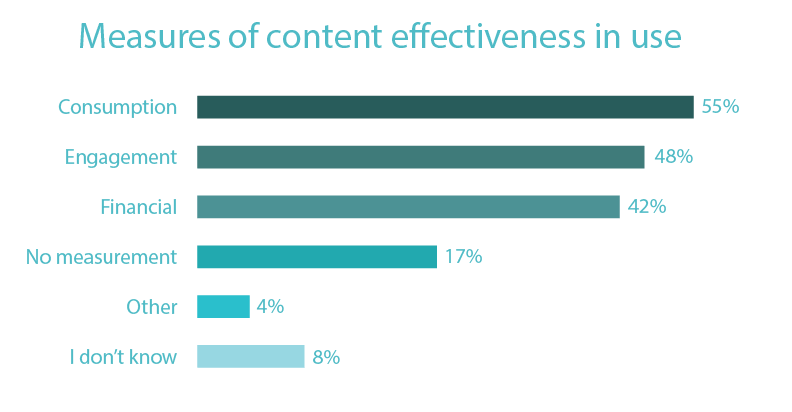 Personalization really works! You can create engagement relations with your customer, boost your sales and enhance your content marketing strategy.
Personalization really works! You can create engagement relations with your customer, boost your sales and enhance your content marketing strategy.